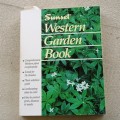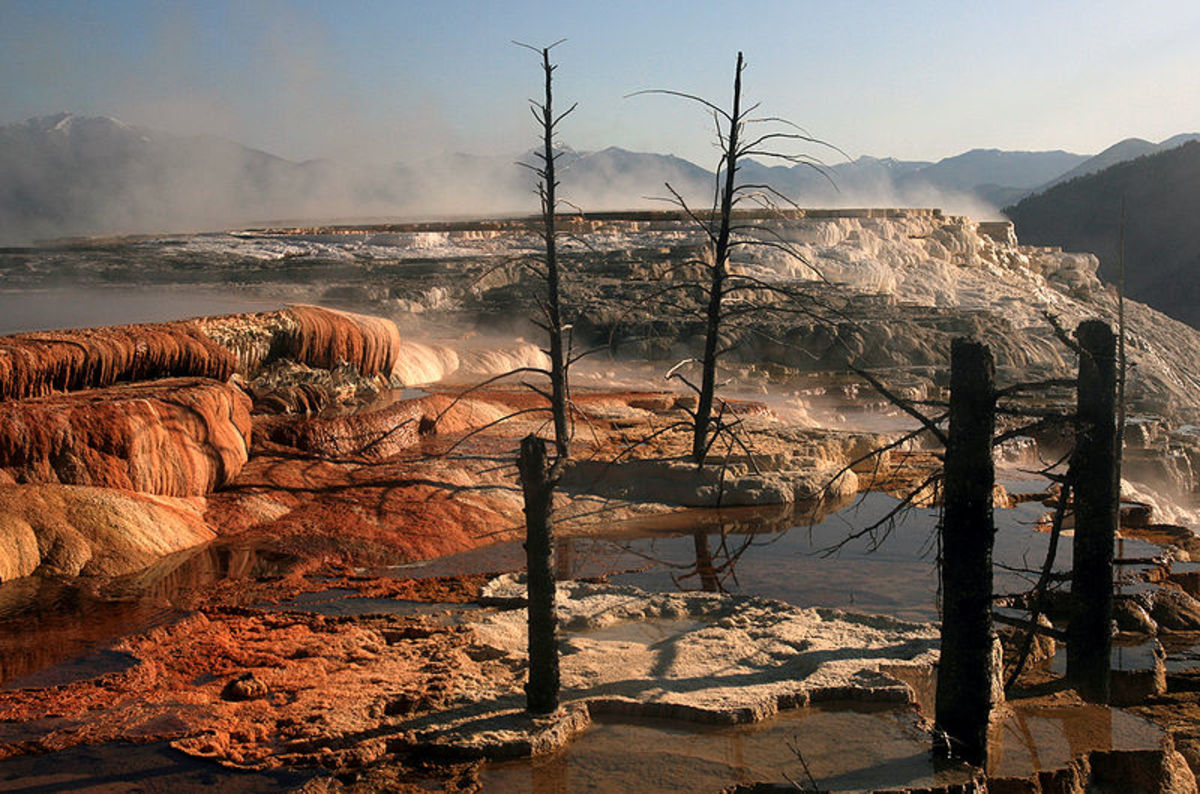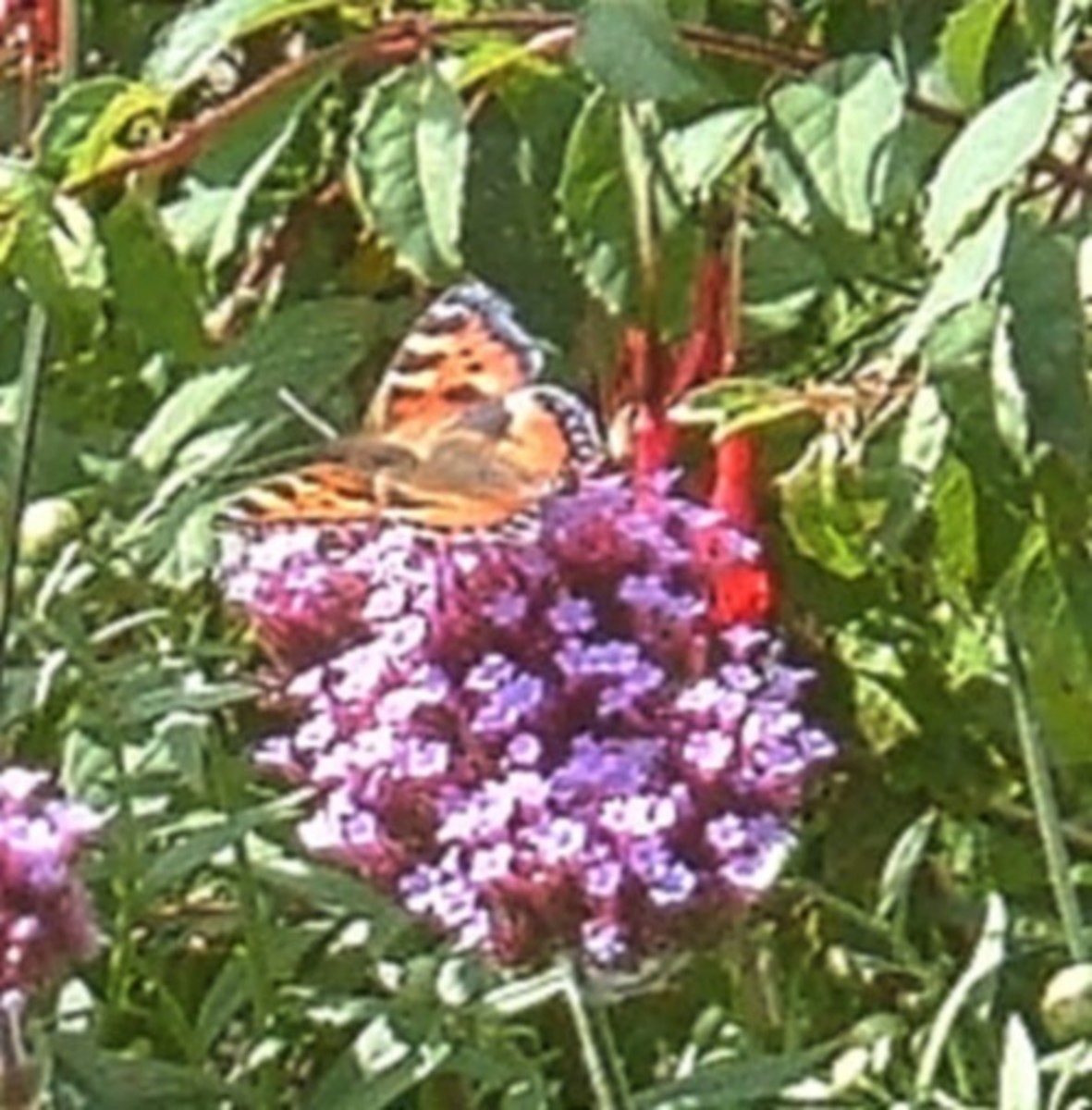Landscaping in Southeast Michigan With Native Plantings
Gardening For The Future
As we get older and decide to settle down, gardening tends to become more important in our daily lives. Creating beautiful landscapes to enjoy as we age is a very rewarding experience. Sustainable gardens will age with you and the required amount of work becomes easier as time goes by.
I imagine as I get older relaxing on the patio looking out at the soft, flowing grasses and wildflowers shimmering in the wind with a few majestic trees to complete the backdrop. The sounds of water gurgling and the intricate details of the pond environment surrounded by mosses and tiny plants filling my senses. I dream of the perfect natural environment for my yard. The golden prairie that fades into the bright greens of the wetlands. Spots of color popping out at you from every angle. Heaven on earth.
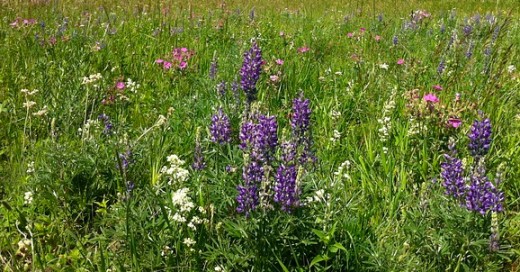
There is an easy formula for this type of environment. It starts with using native Michigan plants that thrive in their own ranges. It only makes sense to use plants that have co-adapted to the species surrounding it. There is a little struggle sometimes when creating a natural environment, however, once established, these plantings will generally take care of themselves.
Of course, we all enjoy many plants that are not from this area, but these can cause problems. Exotic plants only introduce toxins, outcompete natives, and limit the diversity of our habitats. The amount of work to grow these foreign plants can be extensive and if it becomes invasive, eradication efforts can be a difficult chore.
A healthy native garden requires less watering, less upkeep, attracts wildlife, and brings an actual natural environment to you right out your back door. These exercises in conservation ecology will help to get you started on a path to carefree landscaping.
The video below gives a great summary of why its so important to bring the natural environment back to Michigan.
Why Native Plants?
Planning and Preparation
Planning your particular yard can be done in a variety of ways but you should have a clear idea of the biggest projects. Recognizing what types of habitats that are in your yard currently will help with determining where to plant. An open area is perfect for restoring a tall-grass prairie environment. A filtered light space can be a great place to rebuild a Michigan savanna setting. If there is a lot of shade then consider installing a natural pond that will bring out the feel of a forested wetland.
Having all the types of habitats represented would be beautiful. Understanding what limits are in the landscape is more important however. Planting species in the wrong environment will produce less than stellar results. Preparing ahead of time will allow you to achieve your desired goals. Gradually creating a terrific space is the easier way to go, however doing large sections at a time permits the freedom to encourage more diversity in a quicker timeframe.
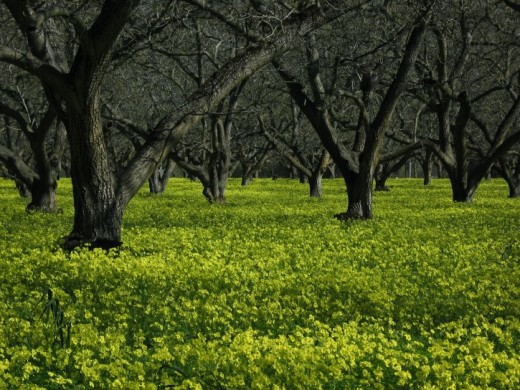
Eliminating the Undesirables
When beginning the process of building a fantastic garden, you must start with clearing the area of weeds. The definition of a weed is simply a plant that you do not want in your yard. In this case, the main goal is to get rid of invasive species in order to recreate a natural environment. If your knowledge of plants is limited, I would suggest starting with plants that you DO know about. An example might be dandelions. They are invasive (brought from Europe with the settlers) and most people can recognize them. Clear those out first (dig deep because of their long taproots) then figure out which plant might be your next victim. In some cases it may not be necessary to get rid of all the plants in an area. You may have some natives growing already. If you do want to start fresh, the best way is to dispose of all plants in your area by whatever means necessary. Spend some time digging through the soil to eliminate all roots. The more thorough you are will prevent these plants from returning and the less time you will have to spend on weeding down the road. Once that is completed, the planting process can commence.
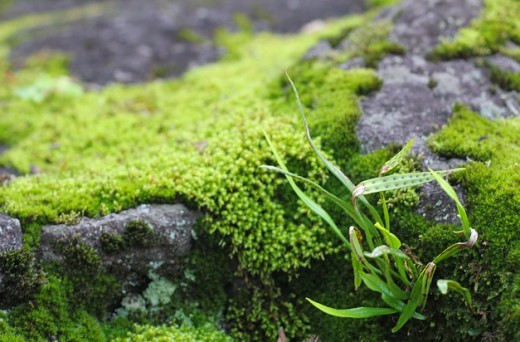
Tips on Purchasing and Installing Native Plants
Doing a small amount of research before purchasing your plants can be extremely beneficial. You may want to consult a professional that has experience in natural landscapes, especially if working on a large area. This is important for establishing site specific species. There are many types that may grow only in your area and nowhere else in the world. If you really want to be a hero, planting these would be valuable additions.
Finding a nursery that provides a large number of indigenous species is key to getting the appropriate knowledge needed from experienced gardeners. Carry a notebook with you and jot down any additional facts that you might receive. Sometimes the tags on plants don't give all the required information. Additionally, researching each plant on the web can be a great resource. Although buying online might be easier, its important to be aware that the website might not be catering to your specific environment. Purchasing seeds if they are available could save you some money, but established plants will fill out quicker.
Getting acquainted with all these aspects of your native garden is vital. If done properly a beautiful landscape will emerge that will require little work. Spend some time learning about your plants. It can become very interesting and will be extremely rewarding when looking at all the connections nature provides. I hope you will come to enjoy it as much as I do.





